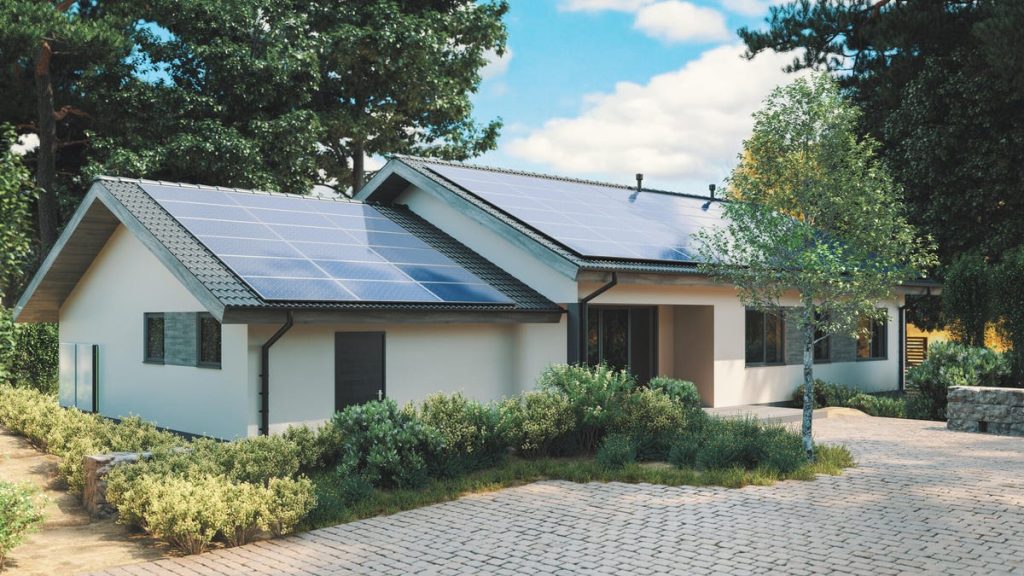Installing solar panels has become a popular choice for homeowners looking to save on electricity costs and improve energy efficiency. However, the process can be complex, especially when determining the best location for the panels. Working with a trusted solar company is essential, as they will consider various factors such as roof pitch and tree placement to ensure optimal efficiency and stability. Fortunately, advancements in the solar industry have made it easier to find suitable spaces for solar panels, with lighter and more efficient panels available from numerous manufacturers.
When it comes to selecting a location for solar panels, there are certain factors to avoid. These include areas with excessive shade, weak or damaged roofs that may not support the panels, and spaces that are inconvenient or limited in access. It’s important to have a site assessment done by your installer to identify the ideal placement for the panels. Rooftops and ground-mounted installations are the most common choices for solar panel placement, with considerations for sunlight exposure, accessibility, and structural integrity.
Rooftop installations are a popular option for homeowners, as they utilize existing space and provide optimal sun exposure. Panels on the roof benefit from the angle and direction of the roof, which can be adjusted to maximize sunlight absorption. Ground-mounted installations are preferred for homes with limited roof space or where easier access to the panels is desired. These installations rely on unobstructed sunlight and suitable terrain for mounting the panels. In some cases, solar panels can also be installed on garages, canopies, or pergolas as supplementary power sources for specific areas of the property.
Advancements in technology have made it possible to install solar panels in various locations, including niche areas that were previously not feasible. Lighter and more efficient equipment has reduced the need for extensive support structures, making it easier to place panels on structures away from the main home. While south-facing panels are ideal for maximum efficiency, east and west-facing panels can still perform well. The angle of the panels should ideally be between 15 to 35 degrees, depending on geographical location and time of year. Overall, the increasing availability and flexibility in solar panel placement options make it a viable and cost-effective choice for many homeowners seeking to lower their energy expenses and reduce their environmental impact.


